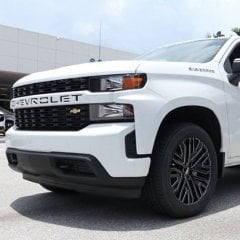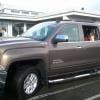Deep Dive: Get Educated About The 2019 Silverado's New 2.7L Turbo Four
-
Similar Content
-
Recently Browsing 0 members
- No registered users viewing this page.
-
Forum Statistics
247.7k
Total Topics2.6m
Total Posts -
Member Statistics
-
Who's Online 21 Members, 1 Anonymous, 2,185 Guests (See full list)





















Recommended Posts
Join the conversation
You can post now and register later. If you have an account, sign in now to post with your account.